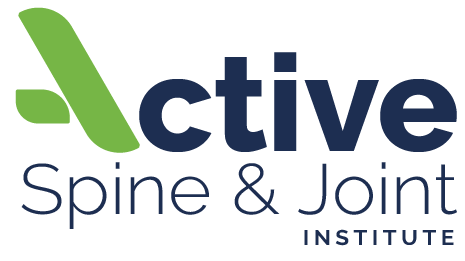Back on Track: Defeating Sciatica Struggles
Low back pain, a pervasive challenge affecting people from various walks of life, can be further complicated when accompanied by sciatica. This condition, characterized by radiating pain along the sciatic nerve, adds a layer of discomfort and complexity.
Why are back pain and sciatica so common?
What are some of the most prevalent causes of low back pain, including sciatica?
What are some low back pain and sciatica treatments?
Common Causes of Low Back Pain, Including Sciatica
Muscle Strains and Sprains: Prolonged or sudden movements, poor posture, or heavy lifting can lead to strains or sprains in the muscles and ligaments of the lower back, causing pain. Sciatica may exacerbate these symptoms with radiating pain down the leg.
Herniated Discs: Discs act as cushions between vertebrae, and when the soft inner material protrudes through the outer layer, it can irritate nearby nerves, resulting in both low back pain and sciatica.
Degenerative Disc Disease: Over time, wear and tear can lead to the deterioration of spinal discs, causing pain and limiting mobility. Sciatica may further complicate these symptoms.
Spinal Stenosis: Narrowing of the spinal canal can put pressure on the nerves, leading to pain, numbness, and weakness in the lower back and legs, often exacerbated by sciatica.
Osteoarthritis: The breakdown of cartilage in the joints can result in pain and inflammation in the lower back. Sciatica may intensify these symptoms by affecting nerve function.
Common Conventional Recommendations
Stretching and Yoga: Stretching and yoga improve flexibility and strengthen core muscles, reducing the risk of injury. However, improper techniques may pose an injury risk; it's crucial to consult a professional to ensure safe practice.
Massage: Massage relieves muscle tension and promotes relaxation, contributing to overall well-being. While generally safe, caution is advised for individuals with certain medical conditions; communication with the massage therapist is essential.
Over-the-counter Medications (Tylenol, NSAIDs): Over-the-counter medications provide pain relief and anti-inflammatory effects. However, these medications carry potential risks, including gastrointestinal issues, liver damage, and interactions with other medications; proper usage and consultation with a healthcare professional are essential.
Ice/Heat Therapy: Ice/heat therapy reduces inflammation and alleviates muscle spasms effectively. However, users must exercise caution to avoid frostbite or burns; limiting application time and using appropriate techniques is crucial.
Braces: Braces provide support and stability to the lower back, aiding in pain management and potentially preventing further injury. Prolonged use may weaken supporting muscles, emphasizing the importance of moderation and targeted use.
Surgery: Surgery corrects structural issues and may provide long-term relief for certain conditions causing low back pain and sciatica. Surgical complications, including infection and prolonged recovery, are potential risks that need to be carefully considered.
Advanced Treatments for Low Back Pain and Sciatica
Chiropractic Care: Chiropractic care aligns the spine, promoting overall spinal health. Patients may experience relief from pain and improved mobility. Although rare, some individuals may experience temporary soreness or discomfort following adjustments.
Spinal Decompression: Spinal decompression relieves pressure on discs and nerves, offering effective relief for low back pain and sciatica. While generally safe, it may not be suitable for certain conditions, and individual responses can vary.
Occupational Therapy: Occupational therapy provides tailored exercises that improve posture and strengthen core muscles, reducing the risk of injury. Risks are minimal, with the potential for temporary muscle soreness as the body adapts to therapeutic exercises.
Pulse Wave Therapy: Pulse wave therapy stimulates healing and reduces inflammation, offering a generally safe option with minimal reported side effects. Potential risks are minimal, with patients experiencing temporary skin irritation in rare cases.
Cold Laser Therapy: Cold laser therapy promotes tissue repair and reduces inflammation effectively. While rare, temporary skin irritation may occur as a minimal risk, typically resolving after treatment.
Regenerative Cell Therapy: Regenerative cell therapy harnesses the body's regenerative power to repair damaged tissues, providing a potentially transformative solution.

